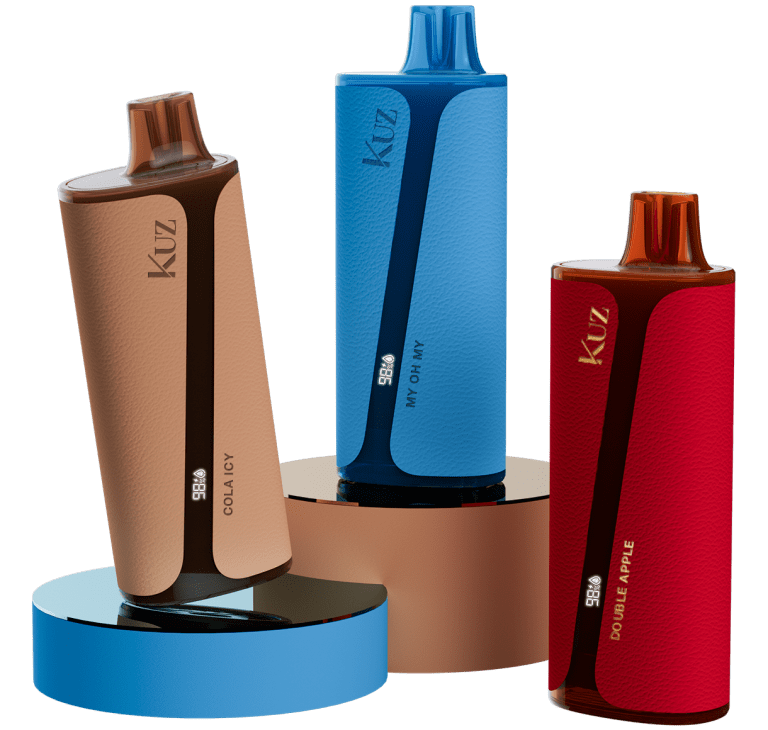As the popularity of vaping continues to rise, so does the prevalence of counterfeit vape products flooding the market. Spotting a fake vape can be tricky, especially when counterfeiters go to great lengths to mimic the appearance of genuine brands. Knowing how to tell if a vape is fake can not only save you from wasting money but can also protect your health. In this guide, we’ll explore the key signs to look for to ensure you’re using a safe, legitimate device.
1. Examine the Packaging
One of the first clues that your vape may be fake lies in its packaging. Legitimate products have high-quality packaging with clear prints, vibrant colors, and secure seals. Counterfeit vapes often come in boxes with blurry logos, faded colors, and poorly applied seals. Additionally, authentic vapes frequently include QR codes or serial numbers that can be verified on the manufacturer’s website.
2. Check for Misspellings and Flaws
Counterfeiters sometimes make simple errors in the packaging or device itself. Misspellings in brand names or incorrect product information are red flags. Double printing or unclear labels are other indicators that the product may not be authentic. This is particularly common in products coming from unregulated markets.
3. Verify the QR Codes and Serial Numbers
Many vape brands provide QR codes or serial numbers that allow users to verify the product’s authenticity directly on the manufacturer’s website. Scanning the QR code or entering the serial number can confirm whether the vape is genuine. If the QR code leads to an unofficial website or the serial number doesn’t check out, it’s a clear sign that the vape is counterfeit.
4. Check the Build Quality
Fake vapes often suffer from poor build quality. Genuine devices are well-constructed with tight seams and a solid weight, while counterfeits may feel flimsy or have loose parts. Check the device for any visible flaws, such as uneven seams, poor material quality, or mismatched components. Authentic devices also use high-quality materials, whereas fakes might cut corners, leading to inconsistent performance.
5. Inspect the Battery
One of the most dangerous aspects of fake vapes is their batteries. Counterfeit products often use substandard batteries that can be old, poorly constructed, or reclaimed from other devices. These batteries may overheat, leading to malfunctions or even fires. Authentic vapes are equipped with proper safety features that protect users from such risks, while counterfeit devices typically lack these crucial safety measures.
6. Test the Performance
A key difference between real and fake vapes is performance. Authentic vapes produce smooth, consistent vapor, while counterfeits often deliver harsh or inconsistent vapor. If the flavor tastes off or the vapor production is low, it might be a sign that you’re dealing with a fake device. Additionally, legitimate devices have longer battery life and more reliable performance than their fake counterparts.
7. Too Good to Be True Pricing
One of the easiest ways to identify a counterfeit vape is through its price. If the vape is priced significantly lower than its regular retail price, it’s likely a fake. Counterfeit products often lure customers with “too-good-to-be-true” deals, but these savings come at a cost—often poor performance and health risks.
8. Nicotine Strength and Liquid Volume
In regions like Europe, there are strict regulations governing the nicotine strength and liquid volume of vapes. A vape that exceeds the legal nicotine concentration or liquid capacity could be counterfeit. For example, the maximum allowable capacity in Europe is 2ml, and the nicotine strength cannot exceed 20mg/ml.
9. Where You Purchase Matters
Always buy your vape products from trusted, reputable sources. This includes official brand websites, authorized dealers, or well-established vape shops. Avoid purchasing from street vendors or unregulated online marketplaces like Alibaba, where counterfeit products are rampant.
10. Health and Safety Risks of Fake Vapes
Fake vapes pose serious health risks due to their lack of quality control. These devices may contain harmful chemicals or use defective components that can result in overheating or even explosions. There have been cases of counterfeit vapes containing toxic substances like pesticides or Vitamin E acetate, which are extremely harmful when inhaled.
Conclusion
Spotting a fake vape is essential for both your safety and your vaping experience. By paying close attention to packaging quality, checking for QR codes and serial numbers, and ensuring you purchase from reputable sources, you can significantly reduce your risk of using counterfeit products. Always prioritize authenticity to enjoy a safe and satisfying vape experience.



